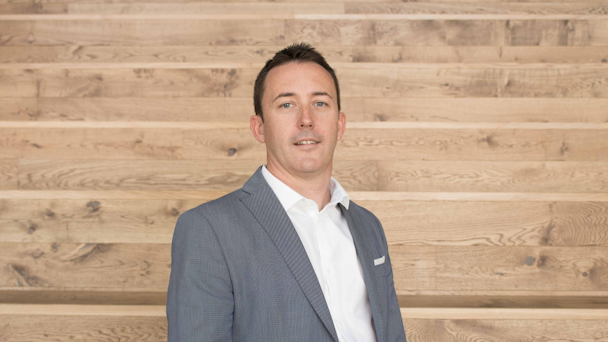Havas Media boss calls for TV planning rethink as market gets ‘volatile’
Marketers must change how they are planning TV ads or face more “volatile” price rises, according to Simon Bevan, Havas Media Group’s chief investment officer. He blames the shortening of advanced booking (AB) deadlines during the pandemic, coupled with unprecedented advertising revenue growth and the migration of audiences to on-demand services. Bevan says now is the time to pause for reflection.

Does TV planning need an overhaul?
“The market has asked for shorter lead times and the broadcasters have reacted to that, but a by-product is volatility,” Bevan says. “The dynamism of the market has worked so well for many years but the market is now at a turning point and there needs to be a reflection in how TV is planned.”
Without reviewing the current process, Bevan warns, “you can pour more petrol on the fire but it’s not going to bring it under control.” He alludes that changes are already under way at Havas Media Group, but he declined to reveal the specific details. He did, however, suggest that “the answer is evolving the AV strategy.”
“Technology is driving greater audience fragmentation, so we need to be more adept at how we plan. 400 TVRs just won’t deliver the same as it did before, so you have to start the planning from an entirely different place.”
Also exacerbating the problem, Bevan says younger audiences are migrating away from linear to on-demand quicker than anticipated. “This has caused angst as brands and buyers as the dynamic nature of the pricing model have meant there is less control over price elasticity than other media channels.”
Despite the price of TV slots rising 40% year-on-year and fellow buyer Zenith’s chief strategy officer Richard Kirk claiming inflation is “keeping [buyers] up at night,” Bevan says: “Everyone is getting hysterical over inflation. In my mind TV is still really good value for money.”
Quashing the inflation debate, he adds: “The price of linear TV, while it’s getting more expensive, everyone has forgotten that they’ve had deflation hardwired into TV for years as the market digitized.”
TV’s measurement headache
For Bevan, and the rest of the industry, measurement and attribution are causing the most pain when it comes to planning. “We need to have the metrics to prove that we have the rigor to plan in the right way,” he says. “The challenge is that we have dual currencies, with one measuring reach and the other impressions on broadcast VOD (BVOD),” Bevan says.
Bevan remains optimistic that in the next 18 months the UK market will catch up with measurement developments in the US. He cited CFlight as a “massive opportunity” and the launch of ITVX as proof of the industry’s commitment to future-proofing. He did urge people to be “slightly bolder in their approach and then the rest should follow – no one should ever be dictated to by a legacy benchmarking practice.”
He also advises buyers to stop “making it more complex than it needs to be – when you speak to clients, they all say the market has an ‘over-reliance’ on unnecessary jargon and terminology.”

